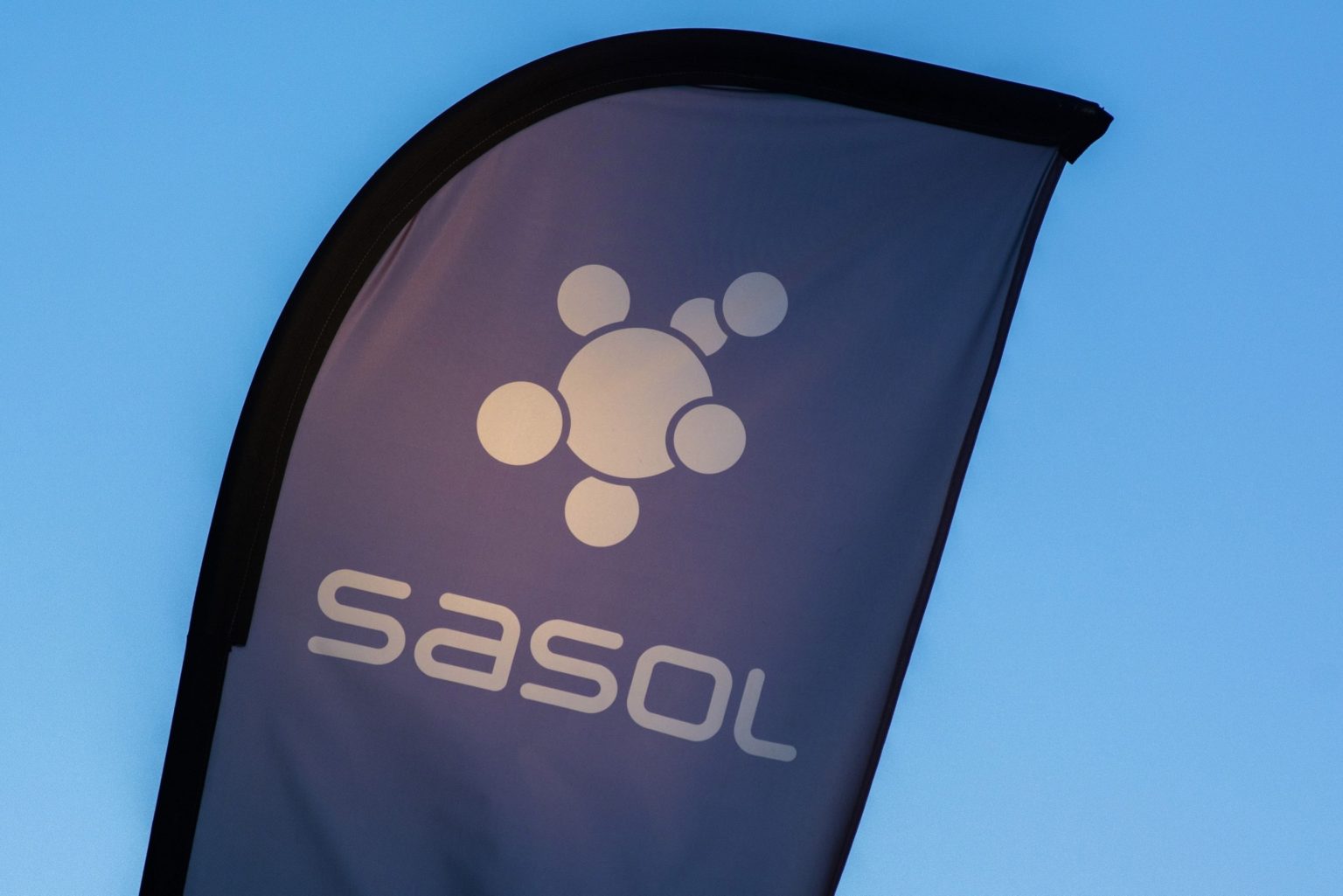Sasol promises good figures

Investors should be pleased when Sasol announces its results for the six months to December 2021 within the next two weeks.
Management says in a trading statement that it expects its core headline earnings per share (core Heps) to be between R22.13 and R22.91 compared with R7.86 per share in the first half of the previous financial year.
Sasol says core Heps can be seen as a useful measure of its sustainable operating performance (since it excludes all the volatile non-recurring items and other adjustments that accountants insist on).
The number is calculated by adjusting headline earnings with non-recurring items:
Earnings losses of significant capital projects that have reached beneficial operation, but are still in the process of building up volumes;
All the realised and unrealised translation gains and losses;
All gains and losses of derivatives and hedging activities (realised and unrealised); and
All share-based payments on the implementation of black economic empowerment transactions.
These items can have big impacts and, in the case of the valuation of derivatives, the values are based on a single day at the end of the reporting period.
Sasol says its approach aims “to remove volatility from earnings as these instruments are valued using forward curves and other market factors at the reporting date and could vary from period to period”.
On this basis, earnings per share increased by around 180% compared with a year ago, with the final figure depending on the exact number to be announced on February 21.
Heps
The formal accounting figure used as yardstick – headline earnings per share – is expected to increase to between R14.25 and R16.17 compared with the prior half year figure of R19.16, which represents a decrease of 16% to 26%.
“Sasol is expected to deliver a mixed set of results for the six months ended 31 December 2021,” according to the Sens announcement, which also notes that improved Brent crude oil prices, better refining margins and higher chemical prices resulted in a notable gross margin improvement from the prior half year, combined with strong cost and capital expenditure performance.
A quick look at a price graph of Brent crude shows that the oil price was significantly higher. The oil price fluctuated between $65 and $80 per barrel during the six months to end December 2021 compared with a range of $50 to $70 per barrel in the second half of 2020.
However, Sasol mentions that the good news of higher oil and chemical prices was somewhat offset by lower production volumes in SA. “These benefits were partly offset by operational challenges in our South African value chains which resulted in lower production,” says management.
Sasol’s adjusted earnings before interest, tax, depreciation and amortisation (Ebitda) for the period under review is expected to increase by between 66% and 76% from R18.6 billion in the prior half year to between R30.9 billion and R32.7 billion.
Sasol announced earlier that its financial performance in the first part of the 2022 financial year also benefitted from a favourable macroeconomic environment and increased demand following the easing of Covid-19 lockdown restrictions globally.
Production update
In a production report published in January, it informed the market that its energy businesses realised higher gross margins, while sales volumes increased some 3% as demand recovered.
Gas production was 1% higher than planned due to further optimisation of existing producing gas wells.
Lower production at the Secunda plant was identified as the source of the drain on production volumes and earnings, due to challenges with coal availability and coal quality.
However, management reported in the production update a few weeks ago that it is making progress in restoring the coal stockpile through increased productivity and coal purchases from external suppliers.
The lower production at Secunda also constrained chemical sales volumes. Luckily, strong increases in sales prices more than made up for lower volumes.
“The higher prices were due to a combination of improved demand, higher oil prices and reduced market supply from continued global supply chain challenges attributable to the Covid-19 pandemic,” stated the production update.
Meanwhile, the share price continues to inch upwards week after week.
The share price increased to R345 this week, passing the R312 level of end-2019 before Covid-19 hit it to a low of R27.

